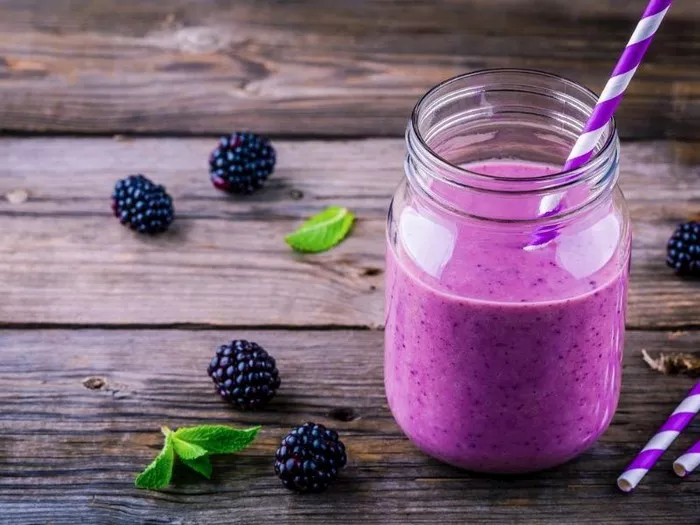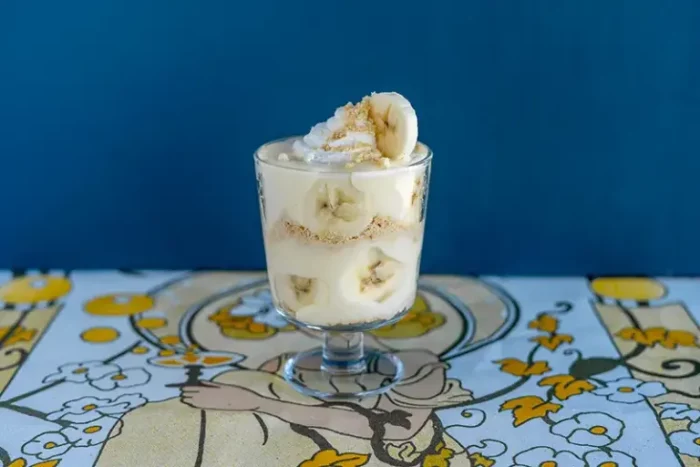Creating a gluten-free cake can be both a delightful and rewarding experience, especially for those with gluten intolerance or celiac disease. While traditional cakes often rely on wheat flour for structure and texture, gluten-free alternatives can offer equally delicious results with the right ingredients and techniques. This guide will walk you through the process of making a gluten-free cake, highlighting key steps and providing tips to ensure success.
Understanding Gluten-Free Ingredients
Before diving into the recipe, it’s important to understand the basic ingredients used in gluten-free baking. Gluten is a protein found in wheat, barley, and rye that gives dough elasticity and helps it rise. In gluten-free baking, we use a variety of flours and binders to achieve a similar texture and structure.
Common Gluten-Free Flours:
- Rice Flour: Used in many gluten-free blends for its light texture.
- Almond Flour: Adds richness and nutty flavor.
- Coconut Flour: Highly absorbent, so use less than you would with other flours.
- Cornmeal: Provides a slightly gritty texture and a bit of sweetness.
- Potato Starch and Tapioca Starch: These help with moisture retention and give a soft texture.
Binders and Leaveners:
- Xanthan Gum: Acts as a binder, helping gluten-free batters hold together.
- Guar Gum: Another binder, though less commonly used.
- Baking Powder and Baking Soda: Provide the necessary lift for the cake to rise.
Recipe: Basic Gluten-Free Vanilla Cake
Dry Ingredients
- 160g gluten-free all-purpose flour blend (ensure it contains xanthan gum)
- 20g cornstarch
- 5g baking powder
- 2g baking soda
- 1/2 tsp salt
- Wet Ingredients:
- 120g unsalted butter, softened
- 150g granulated sugar
- 2 large eggs, at room temperature
- 2 tsp vanilla extract
- 120ml whole milk or dairy-free alternative, at room temperature
Preheat the Oven and Prepare the Pan
- Preheat your oven to 350°F (175°C).
- Grease and flour an 8-inch round cake pan, or line it with parchment paper for easy removal.
Mix the Dry Ingredients
In a medium bowl, whisk together the gluten-free flour blend, cornstarch, baking powder, baking soda, and salt. Set aside.
Cream the Butter and Sugar
In a large mixing bowl, use an electric mixer to cream together the softened butter and granulated sugar until light and fluffy. This should take about 2-3 minutes.
Add the Eggs and Vanilla
Beat in the eggs one at a time, making sure each egg is fully incorporated before adding the next.
Mix in the vanilla extract.
Combine Wet and Dry Ingredients
With the mixer on low speed, add the dry ingredients to the wet ingredients in three parts, alternating with the milk. Start and end with the dry ingredients.
Mix until just combined. Avoid over-mixing, which can lead to a dense cake.
Pour the Batter into the Pan
Pour the batter into the prepared cake pan and smooth the top with a spatula.
Bake the Cake
Bake in the preheated oven for 25-30 minutes, or until a toothpick inserted into the center comes out clean.
The cake should be golden brown and should spring back to the touch.
Cool and Serve
- Allow the cake to cool in the pan for about 10 minutes, then transfer it to a wire rack to cool completely.
- Once cooled, you can frost the cake or enjoy it plain.
Tips for Successful Gluten-Free Baking
Read Labels Carefully
Always check the labels of gluten-free flour blends and other ingredients to ensure they are certified gluten-free and contain no hidden sources of gluten.
Measure Flour Correctly
Use the spoon and level method to measure gluten-free flour. Spoon the flour into the measuring cup and use a knife to level it off. This prevents over-measuring, which can lead to dry cakes.
Use Room Temperature Ingredients
Make sure your butter, eggs, and milk are at room temperature. This helps with better mixing and a smoother batter.
Don’t Over-Mix
Mix the batter until just combined. Over-mixing can activate the gluten in some gluten-free flours (like rice flour) and make the cake dense.
Test for Doneness
Use a toothpick or cake tester to check for doneness. Insert it into the center of the cake and ensure it comes out clean.
Cool Properly
Allow the cake to cool in the pan for a few minutes before transferring it to a wire rack. This prevents it from collapsing.
Advanced Gluten-Free Cake Recipes
For those who want to experiment with more complex gluten-free cake recipes, here are a few options:
Chocolate Gluten-Free Cake
Ingredients:
- 150g gluten-free flour blend
- 40g cocoa powder
- 1 tsp baking soda
- 1/2 tsp salt
- 100g unsalted butter, softened
- 150g granulated sugar
- 2 large eggs, at room temperature
- 1 tsp vanilla extract
- 120ml buttermilk or sour milk (milk with 1 tbsp vinegar added)
Instructions:
- Follow the same steps as the basic vanilla cake, substituting cocoa powder for part of the flour and using buttermilk or sour milk instead of regular milk.
- Bake and cool as directed.
- Frost with your favorite chocolate frosting.
Lemon Blueberry Gluten-Free Cake
Ingredients:
- 160g gluten-free flour blend
- 1/2 tsp baking soda
- 1/2 tsp baking powder
- 1/4 tsp salt
- Zest of 2 lemons
- 100g unsalted butter, softened
- 150g granulated sugar
- 2 large eggs, at room temperature
- Juice of 1 lemon
- 120ml whole milk or dairy-free alternative
- 1/2 cup fresh blueberries, tossed in a little gluten-free flour to prevent sinking
Instructions:
- Follow the basic vanilla cake recipe, adding lemon zest to the dry ingredients and lemon juice to the wet ingredients.
- Gently fold in the flour-coated blueberries before pouring the batter into the pan.
- Bake and cool as directed.
- Optional: Dust with powdered sugar or drizzle with a lemon glaze.
Conclusion
Making gluten-free cakes doesn’t have to be a challenge. With the right ingredients, techniques, and recipes, you can enjoy delicious, moist, and fluffy cakes that are perfect for any occasion. Whether you’re baking for yourself or for someone with gluten intolerance, these recipes provide a fantastic starting point. Experiment with different flavors, textures, and decorations to find your perfect gluten-free cake. Remember, the key to successful gluten-free baking is attention to detail and a willingness to adapt traditional recipes to meet your dietary needs. Enjoy your baking adventures!
Related Topics:
























